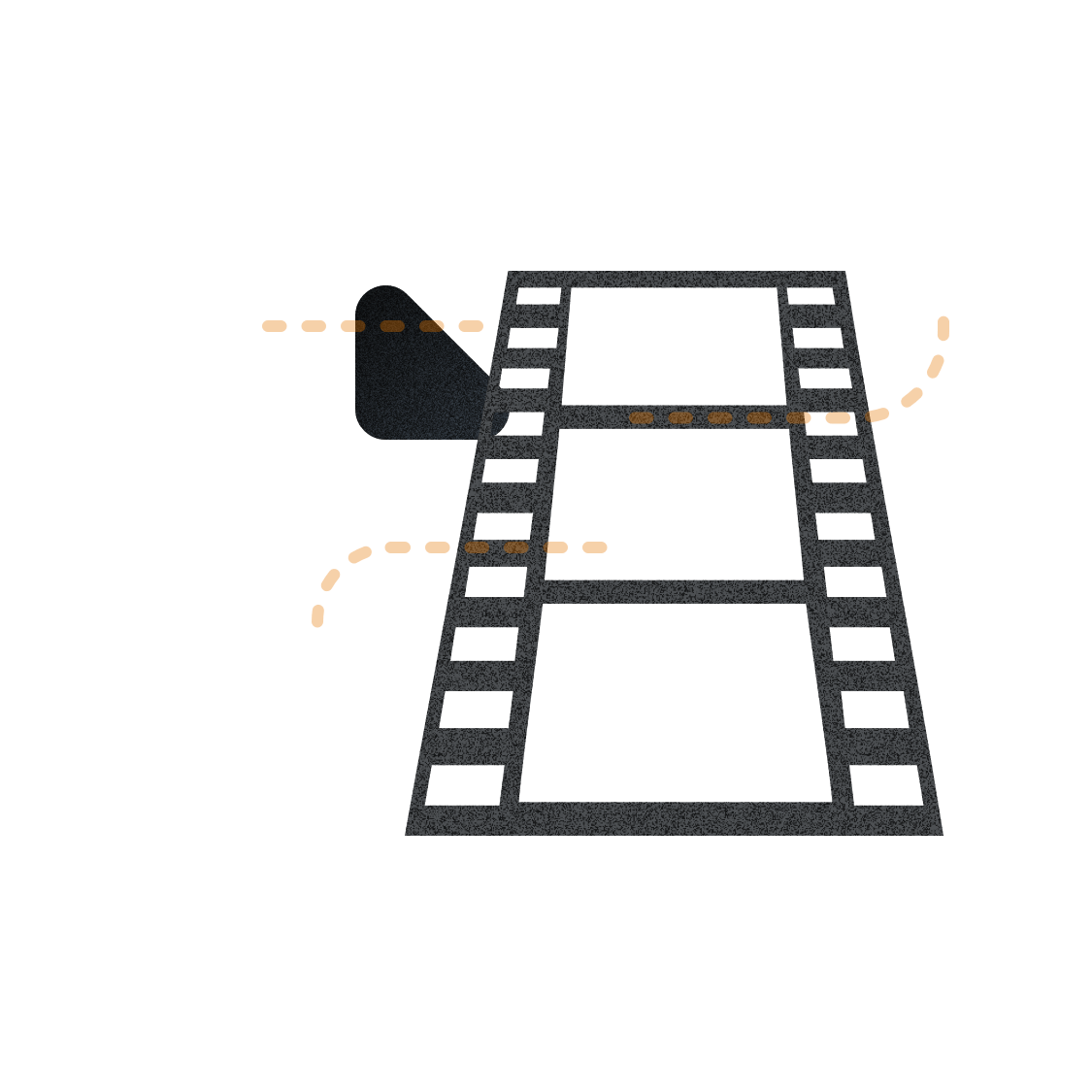
The Sky at Night 2009
2009-01-05 | Documentary,News | 16 episodes28 Seasons
Episode
Light Fantastic (2009)
This first Sky at Night of 2009 is a celebration of the humble (and Hubble) telescope, which is now 400 years old. It all began with Galileo . . . or did it? Patrick Moore furrows his brow over the news that an Englishman may have invented the first. Over the last 50 years Patrick has visited almost all of the worlds large telescopes, and there is some archive footage of some of these visits. Meanwhile, Chris Lintott visits some mighty examples in the USA, and astronaut Jeff Hoffman describes how he repaired the Hubble Space Telescope. Preparations are underway in NASA's watertanks for the next repair/update mission, which NASA hopes to be the last, because the next space telescope, the James Webb Space Telescope is scheduled to succeed it. In a unique visite we get to see how 10m glass mirrors are cast and polished under the Arizona Wildcats Football stadium, and talks about the future of Extremely Large Telescopes.

The Merry Dancers (2009)
Dr Chris Lintott travels to a radar facility in Norway to see the Aurora Borealis.

The Fountains of Enceladus (2009)
Saturn's mysterious moon Enceladus has startled astronomers with its amazing ice geysers, which spew out material into space. Sir Patrick Moore talks to the scientists who are trying to unlock the secrets of this tiny world. Dr Chris Lintott visits the Open University to find out the latest on our own Moon. He meets scientists from the Japanese Kaguya mission and the Indian Chandrayaan mission, with its British instrument CIXS.

Herschel in the Red (2009)
Patrick Moore discusses what Herschel, Europe's biggest and most expensive space satellite, will do once it begins its infrared exploration of the universe. Dr Chris Lintott gets a rare chance to see the Herschel mirror, which at 3.5 metres will be the biggest astronomical mirror ever to be sent into space.

Close Encounters (2009)
Every day, asteroids whiz past the Earth on their journey through space. Sir Patrick Moore discusses the chances of a close encounter with an asteroid, after telescopes recently got a unique view of an asteroid disintegrating in our atmosphere.

